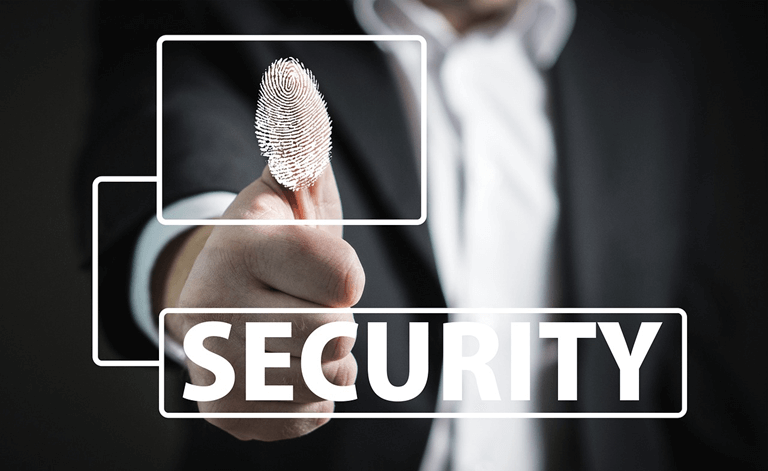How OCR Technology Is Transforming Identity Verification
Nobody likes dealing with slow, clunky identity checks. Whether you’re signing up for a new bank account, booking a hotel room, or verifying your details for a remote job, traditional ID verification can feel like it belongs in the Stone Age. However, things are changing fast, and one of the biggest game-changers is OCR technology. It is a technology that scans text from images or documents such as your driver’s license or passport, and turns it into machine-readable data. Let’s explore how this technology is transforming identity verification.

How OCR helps with ID verification
When you upload an ID document, such as your passport photo page or a driver’s license, OCR software analyzes the image, identifies characters, and extracts key information like your name, date of birth, ID number, and expiration date. This info is then checked against databases or used to autofill forms, which saves everyone time and reduces human error.
However, modern OCR doesn’t just stop at reading printed text. With AI and machine learning, advanced OCR systems can now handle a whole range of real-world scenarios. Blurry images, odd lighting, slight titles or creases, no problem. These smart tools learn from huge datasets, allowing them to adapt and improve their accuracy over time.
Where is OCR making waves?
Here are a few places where OCR is making changes:
1. Banking and Finance
Financial institutions have strict Know Your Customer (KYC) requirements. In the past, verifying someone’s identity meant collecting documents, manually reviewing them, and entering the data into a system. Not only was this slow, but it also left a lot of room for error. Now, with OCR, customers can simply snap a picture of their ID, and the system does the rest. Providers like OCR Studio are leading the charge by offering powerful AI-driven OCR solutions that scan documents, pull out the key info, and verify it almost instantly. It’s faster, safer, and more customer-friendly.
2. Travel and hospitality
Have you ever checked into a hotel and had to hand over your ID for someone to type your details into a computer? Today, many hotels and travel companies are using OCR to automate guest check-in. Just scan your ID at a kiosk or upload it online, and boom, you’re good to go. This is especially handy for contactless check-ins and border crossings where time and hygiene matter.
3. Healthcare
In the medical world, quick and accurate patient identification is critical. OCR helps scan and verify health insurance cards, government IDs, and even prescriptions. It’s a huge time-saver for front-desk staff and helps ensure that the right patient gets the right treatment.
4. Remote hiring
With remote work becoming the norm, verifying someone’s identity from a distance has become a huge priority. Whether it’s a freelancer signing up for a platform or a company onboarding a remote employee, OCR helps quickly verify IDs without the need for in-person checks. These AI systems offer API integrations that let platforms automate the entire ID verification flow, from uploading to extracting to validating.
Endnote
OCR technology is becoming the backbone of identity verification in our increasingly digital world. From reducing onboarding friction to tightening up security, it’s helping businesses move faster while keeping fraudsters out. With these platforms offering AI-driven tools that boost speed, accuracy, and reliability, there’s never been a better way to ditch manual ID checks and embrace the future.



